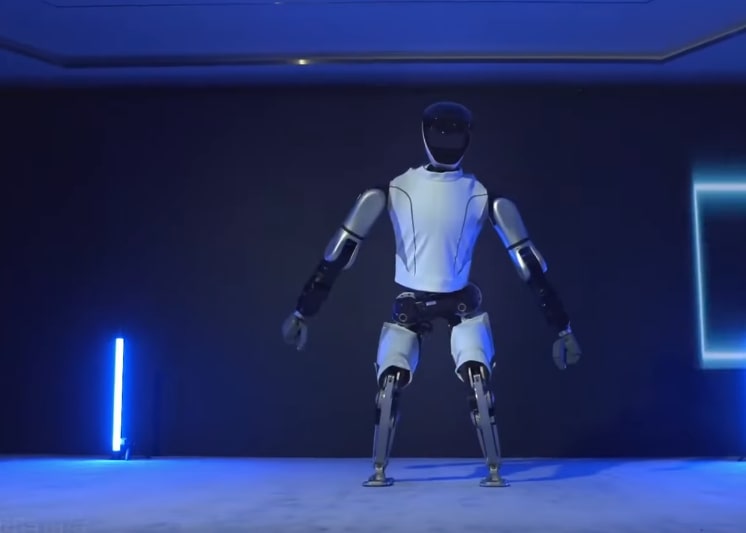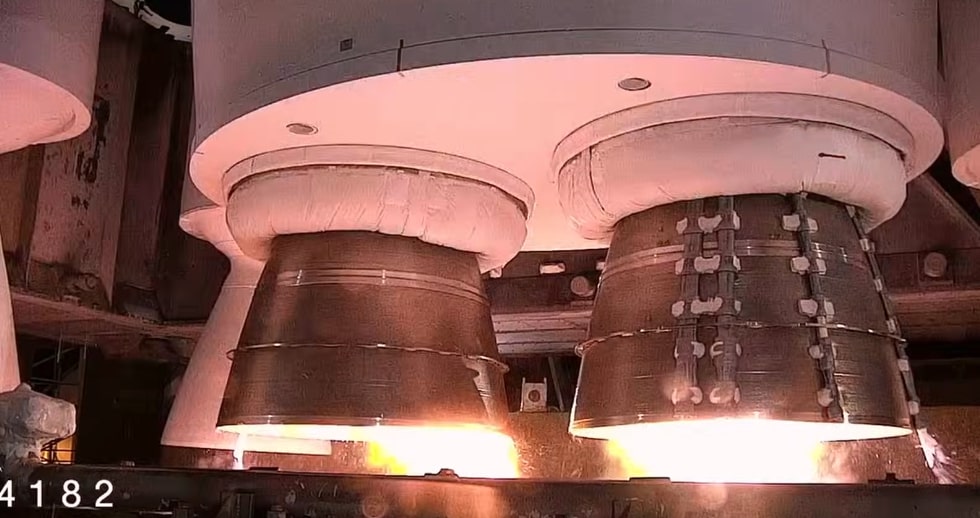Now Reading: China Unveils Robotera L7 and STAR 1 Humanoid Robots
-
01
China Unveils Robotera L7 and STAR 1 Humanoid Robots
China Unveils Robotera L7 and STAR 1 Humanoid Robots

Speedy Summary
- Robot: Chinese startup RobotEra unveiled the L7, a next-generation full-size bipedal humanoid robot with advanced mobility and manipulation capabilities.
- Company Origins: Founded in August 2023 and spun out of Tsinghua University, one of China’s leading universities.
- Funding: Raised USD 70 million in Series A funding led by CDH Investments and Haier Capital.Total funding stands at USD 111 million across two major rounds, including pre-Series A backing of USD 42 million from investors such as Alibaba Group and Crystal Stream Capital.
- Production: Over 200 robots delivered globally; more than half are sold to overseas clients. Products include the wheeled humanoid Q5 robot, the full-sized STAR1 industrial humanoid, an AI model for complex tasks (ERA-42), and XHAND1 robotic hand featuring dexterous five-finger control.
- technological Highlights:
– STAR1 humanoid robot possesses 55 degrees of freedom.
– Capabilities include joint torque of up to 400 N·m and speeds up to 25 rad/s.
– Focus remains on improving human-like functions like language comprehension,vision processing,and action performance through enhanced AI.
- Commercial Goals:
– Mass production timeline for STAR1 is pending but aims for integration into China’s industrial supply chains by 2027.
– Target industries include industrial logistics, retail operations, and work in complex environments.Images Embedded:
!humanoid Robots
!technical Details
!Robotic hand
Videos Embedded:
Video Link (youtube)
video Link (YouTube)
Indian Opinion Analysis
India’s technology ecosystem has been expanding rapidly with ambitions similar to those demonstrated by RobotEra’s breakthroughs in robotics development.The unveiling of advanced robotics like the L7 highlights a global race toward technological innovations that can transform industries ranging from manufacturing logistics to retail services.
For India’s policymakers and industry leaders, this story underscores key challenges associated with staying competitive in high-potential domains such as AI-driven humanoids or service robotics. While China envisions integrating robots into its supply chain goals by 2027-leveraging institutional backing from academic entities like Tsinghua-it presents an chance for neighboring countries like India to review their strategic focus on both research funding mechanisms for robotics startups and also fostering international partnerships that allow shared expertise.
Given India’s vibrant startup culture paired alongside increasing foreign venture capital interest here too; Learning pragmatic lessons ensuring its ecosystem lacks gaps comparable scale visibility windowed Beijing Ramping Logistics utilization Complex solutions!!
[Read More](https://www.nextbigfuture.com/


























